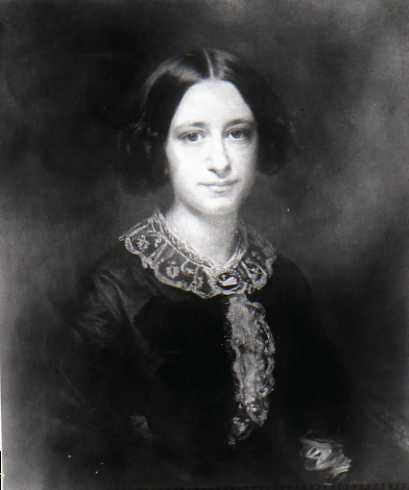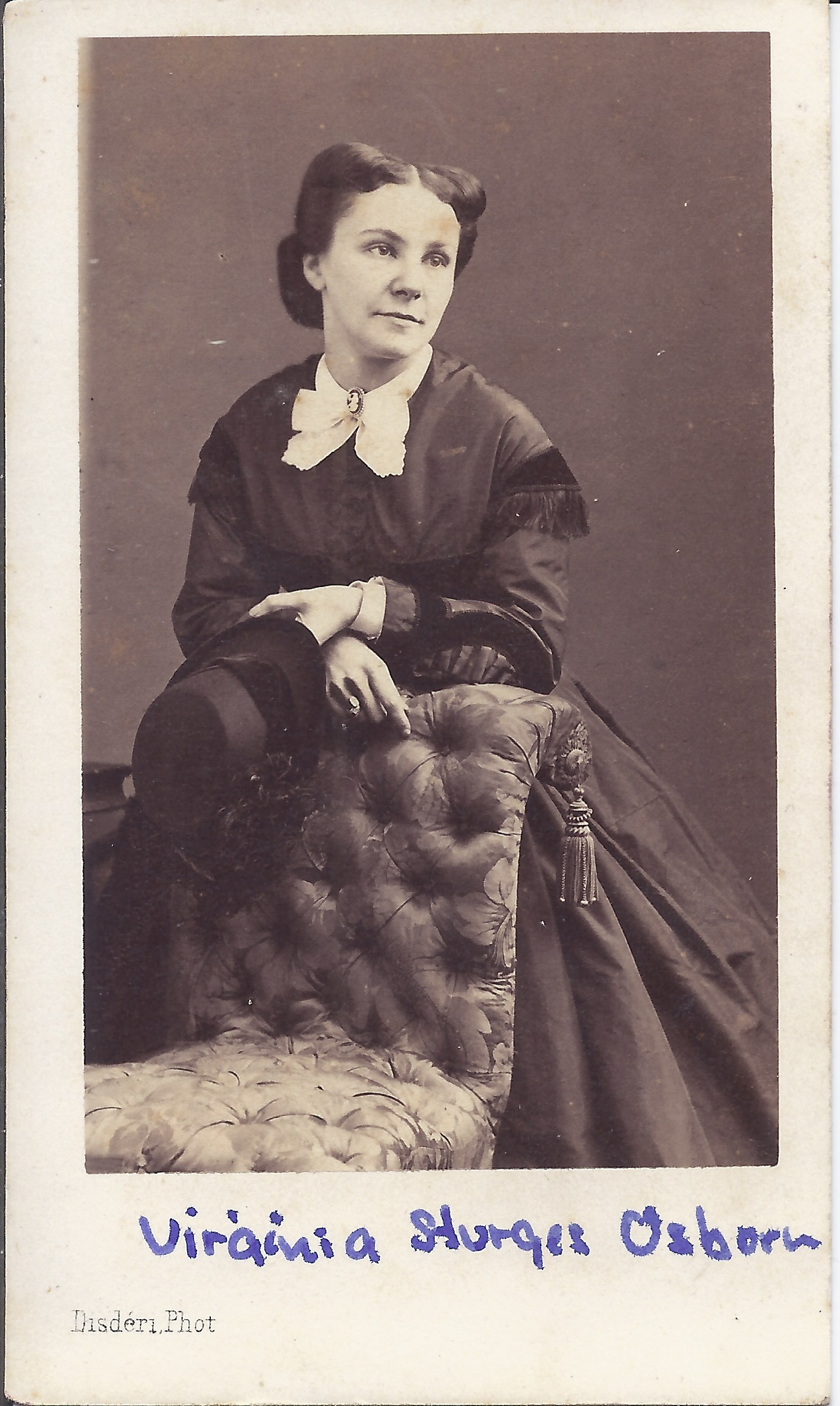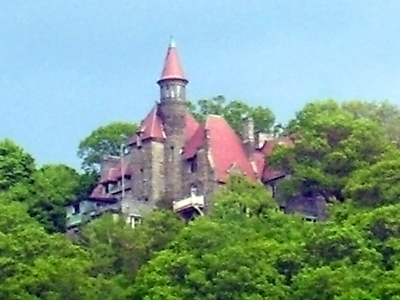
W. H. Osborn (1820-1894), visionary businessman and art patron
Merchant, Railroad President, Art Patron, Philanthropist

W. H. Osborn, ca. 1855

'Frederic Edwin Church & W.H. Osborn: Art, Patronage and Friendship' Talk by Dr. Christine Oaklander

W. H. Osborn, Ambrose Burnside, two unknown men, 1861-65

W. H. Osborn, taken in Paris

Mrs. W. H. Osborn, ca. 1855
(Virginia Reed Sturges Osborn, 1830-1902)

Mrs. W. H. Osborn, later in life

"Castle Rock," Jarvis Morgan Slade, Garrison, NY

W. H. Osborn home, 32 Park Avenue, NYC 1870, Richard Morris Hunt
William Henry Osborn (1820-1894) truly exemplified the American story of the "self-made man." Born to a farming family in Billerica, MA, he shipped out to the Philippines as a teenager and built a successful career in the dry goods trade. Retiring from that business and moving to New York City around 1854 because, as he said, "more happens in New York in one day than happens anywhere else in a year," shortly thereafter he met the successful and highly-respected merchant Jonathan Sturges (1802-1874), who must have admired the spirit Osborn demonstrated in building his business, just as Sturges had done in his partnership with Luman Reed in the early 1830s when he moved from Connecticut to New York to establish himself in trade. Within a brief amount of time, Osborn had wooed and married Sturges's eldest daughter Virginia Reed (1830-1904), named after her father's business partner Luman Reed. The Osborns led a remarkable life filled with travel, art, music, philanthropic activities, and fascinating friends. Osborn took over directorship of the nascent Illinois Central Railroad from Sturges, rescuing it from scandal and financial peril surrounding the "Schuyler fraud," and, like his father-in-law, became an art patron and collector--with the encouragement and support of Virginia, befriending many American artists and buying their work directly, or second-hand through auctions or dealers. Osborn was particularly close to the famous Hudson River School painter Frederic Edwin Church (1826-1900), whom he probably met through his father-in-law, and the Church and Osborn families built close friendships that endured three generations.
Osborn's youngest son William Church Osborn, was named after the painter. William, also a collector and patron, became president of the Metropolitan Museum of Art, probably with the networking assistance of his brother-in-law, J. P. Morgan, while his brother, Henry Fairfield Osborn, who also owned and collected art, was a famous paleontologist involved in the so-called "Dinosaur Wars," serving as a professor at Columbia University and director of the Museum of Natural History.
Virginia Osborn was a remarkable woman, who worked ceaselessly to promote the arts and better conditions for the ill and poor. She was a prime leader in establishing the Bellevue Training School for Nurses, part of Bellevue Hospital, and along with her mother, served on the board of the Society of Decorative Arts, a New York City organization that encouraged women to earn a living from producing decorative arts like needlework and ceramics. Virginia and Mary Cady were also on the board of the art section of the 1864 New York Sanitary Fair, held to raise money for medical provisions for the Union troops.
The first Frederic Church painting to enter the Metropolitan Museum of Art's collection, "The Aegean Sea," was a gift from the Osborn family in 1902, a full two years after Church died. It is not clear why the Met hadn't acquired an example of Church's art before then. Not only was Church a founder of the Met in 1870, but the museum organized a memorial exhibition following his death in 1900. Osborn was greatly influenced by Church in the building of his country home "Castle Rock," in Garrison, NY, Church having purchased land atop a hill for construction of his Moorish-influenced palace "Olana" a decade before Osborn began his Rhenish-style mansion. See my 2008 article for the Metropolitan Museum Journal on 3 generations of art collectors: Jonathan Sturges, W. H. Osborn, and William Church Osborn. I continue to research and publish on this fascinating and distinguished family and have had lucky access to a series of family homes and their contents.
